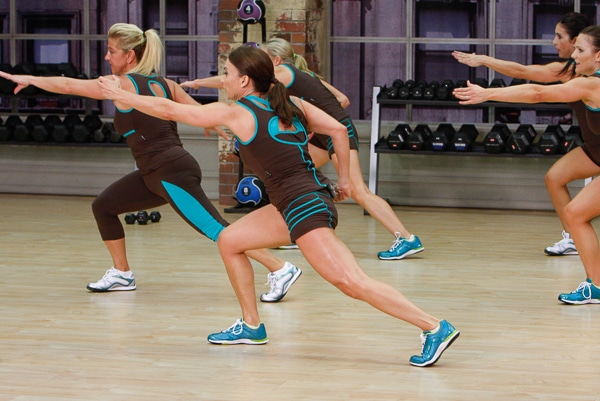You may already be familiar with the equation to calculate maximum heart rate:
Maximum Heart Rate = 220 – age in years
This is the equation many people use to monitor how hard they’re working out. It’s a theoretical measure of how fast your heart can beat per minute during maximum effort. The American Heart Association recommends exercising between 50% and 85% of your maximal heart rate to get aerobic benefits. If you have a lower fitness level, you would exercise towards the lower end of the range, but as your fitness level increased, you would move towards the higher end, close to 85% to maximize your benefits. Using this equation certainly simplifies things – but how accurate is it really?
Where Did the Maximal Heart Rate Formula Come From?
Maximal heart rate was studied as far back as 1938, but the equation in its present form didn’t become popular until the 1970s when doctors tried to come up with a simple formula to monitor exercise intensity for patients who have heart disease. They looked at a total of 11 scientific references where subjects of different ages tested their maximum heart rate in a lab and used the measurements to come up with the formula so many people use today. Unfortunately, some variables were left unaccounted for, and many experts today believe the equation in its present form is not very accurate.
According to an article published in the Journal of Exercise Physiology, a more accurate formula would be:
Maximum Heart Rate = 205.8 – 0.685(age)
So, a 40-year old would have a maximal heart rate of 205.8 – 0.685(40) = 178.4 or around 178. This is a little lower than the 180 that the standard equation yields.
Based on other research carried out in 2010 at Northwestern Medicine, the formula 206 – age is most suitable for women while men should still use 220 – age.
But as researchers in the Journal of Exercise Physiology article point out, no equation is completely accurate for determining maximal heart rate. At best, these equations give a rough estimate of the maximal number of times your heart can beat per minute during maximal exercise.
So how can you determine your REAL maximal heart rate? You could sign up for a monitored graded treadmill run. To do this, you would run on the treadmill as the grade is slowly increased until you could no longer maintain the pace. Your heart rate at this point would be assumed to be your maximal heart rate.
Of course, most people are still going to use the well-known maximal heart rate equation to calculate their maximal heart rate. That’s okay as long as you realize it’s could be off as much as 15 beats off. If it’s off 15 beats towards the high end, and your maximal heart rate is actually 15 beats per minute higher than measured, you may not be exercising hard enough to maximize your benefits. If it’s off by 15 beats at the low end, you could be overtraining.
Use the Talk Test Instead
Since maximal heart rate calculations aren’t that accurate, some experts recommend monitoring intensity using a perceived exertion table, such as the Borg scale, or the “talk test.” The talk test is based on the idea that exercise intensity can be estimated by how hard it is to talk during exercise. If you’re able to speak in complete sentences during exercise, you’re below 80% of your maximal heart rate and below your lactate threshold. You’re still in the aerobic training zone.
When you reach an intensity where you can only blurt out a few words, you’ve gone above your lactate threshold and are in the “high-intensity zone. “You can usually only sustain this intensity for short periods of time. This is the intensity you aim for during active intervals when doing high-intensity interval training.
The Bottom Line?
The old formula for measuring maximal heart rate isn’t as accurate as previously believed. If you use it, keep in mind that your actual maximal heart rate may be higher or lower. Other options for measuring exercise intensity are to use the Borg Perceived Exertion scale or the talk test.
References:
Journal of Exercise Physiology. Volume 5 Number 2 May 2002.
Science Daily. “New Formula Gives First Accurate Peak Heart Rate for Women”
ACE Fitness. “Heart Rate Myths”
Related Articles By Cathe:
How Do You Know if You’re Working Out Hard Enough?
Using Maximal Heart Rate to Measure Exercise Intensity – Is the Formula Flawed?
Exercise Intensity: How Good Are You at Judging How Hard You’re Exercising?
High-Intensity Interval Training: How Intense Does It Have to Be?
How Accurate Is the Exercise Talk Test for Measuring Exercise Intensity?


